Planting Garlic Hack: Are you ready to unlock the secrets to a bountiful garlic harvest, even if you think you have a “brown thumb”? I’m here to tell you that growing your own garlic is easier than you think, and I’m about to share a game-changing trick that will have you harvesting plump, flavorful bulbs in no time!
Garlic, a culinary staple and ancient remedy, has been cultivated for thousands of years. From the pyramids of Egypt to the gardens of medieval Europe, garlic has been revered for its potent flavor and medicinal properties. But let’s be honest, sometimes getting those cloves to sprout and thrive can feel like a bit of a gamble. That’s where this planting garlic hack comes in!
In today’s busy world, who has time for complicated gardening techniques? We all crave fresh, homegrown produce, but the thought of hours spent toiling in the garden can be daunting. That’s why I’m so excited to share this simple yet effective method. This planting garlic hack will not only save you time and effort but also dramatically increase your chances of success. Imagine the satisfaction of cooking with garlic you grew yourself – the flavor is simply unmatched! So, ditch the store-bought stuff and let’s get our hands dirty with this easy DIY guide to growing the best garlic you’ve ever tasted.
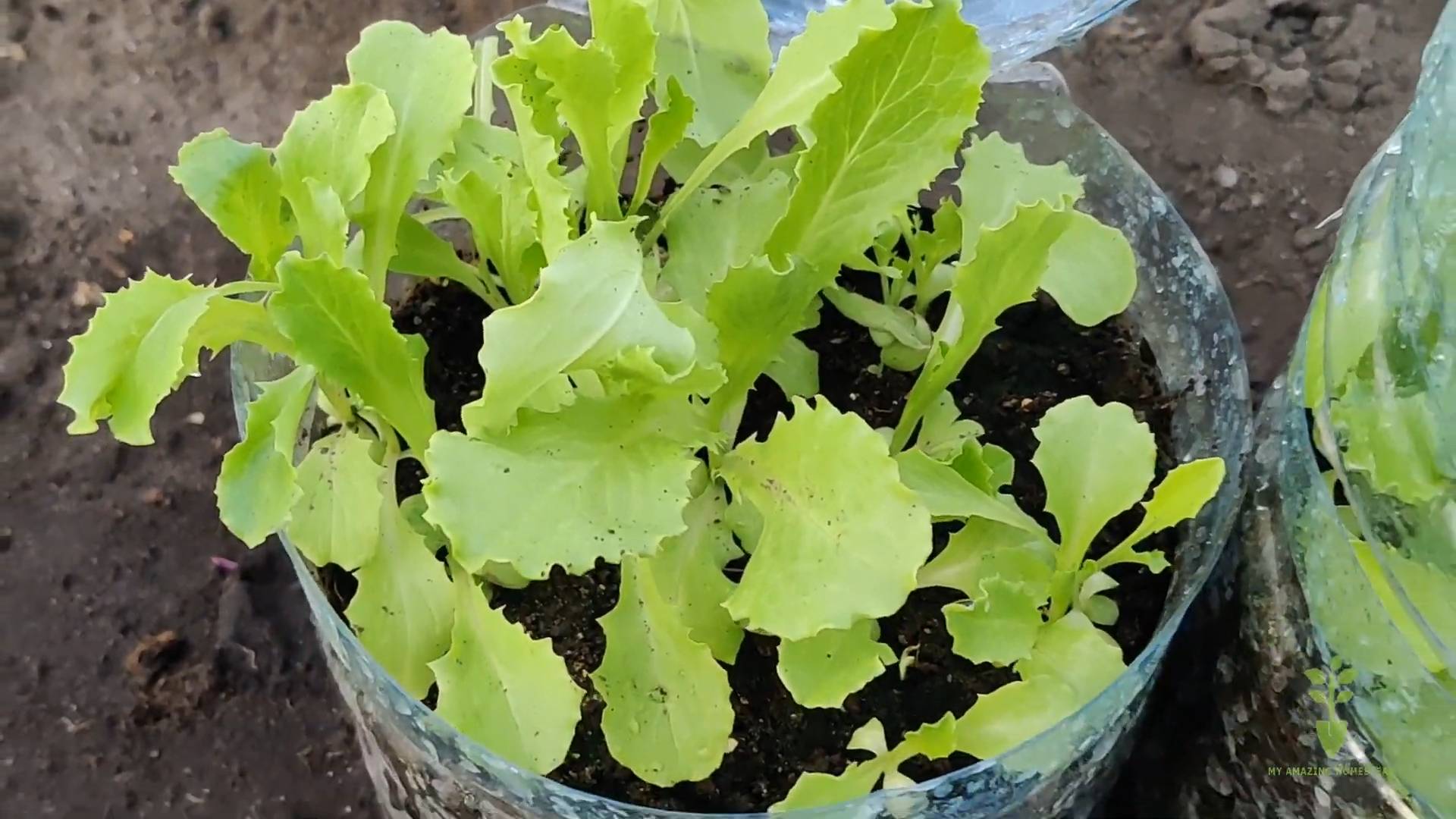
Planting Garlic Like a Pro: My Foolproof DIY Hack for a Bumper Crop!
Okay, garlic lovers, gather ’round! I’m about to share my absolute favorite gardening hack – a method that’s consistently given me the biggest, most flavorful garlic bulbs I’ve ever grown. Forget everything you think you know about planting garlic; this is a game-changer. We’re going to focus on maximizing space, improving drainage, and giving your garlic the nutrients it craves.
Understanding the Key to Garlic Success
Before we dive into the nitty-gritty, let’s quickly cover why this hack works so well. Garlic needs a few key things to thrive:
* Well-drained soil: Garlic hates sitting in soggy soil, which can lead to rot.
* Plenty of sunlight: Aim for at least 6 hours of direct sunlight per day.
* Rich, fertile soil: Garlic is a heavy feeder and needs plenty of nutrients.
* Proper spacing: Giving each clove enough room to grow is crucial for bulb size.
* Cold stratification: Garlic needs a period of cold weather to trigger bulb formation.
This hack addresses all of these needs, setting your garlic up for success from the very beginning.
The Hack: Raised Beds, Square Foot Gardening, and a Nutrient Boost
This method combines the benefits of raised beds, square foot gardening principles, and a nutrient-rich planting medium. It’s a bit more involved than simply sticking cloves in the ground, but the results are absolutely worth it.
Materials You’ll Need:
* Garlic cloves (choose a variety suited to your climate)
* Raised bed (or a designated area in your garden)
* Measuring tape or ruler
* Garden trowel or bulb planter
* Compost
* Well-rotted manure (optional, but highly recommended)
* Bone meal
* Blood meal
* Watering can or hose
* Mulch (straw, shredded leaves, or wood chips)
Step-by-Step Instructions:
1. Prepare Your Raised Bed (or Garden Area):
* If you’re using a raised bed, make sure it’s filled with a good quality garden soil mix. If you’re planting directly in the ground, amend the soil with plenty of compost and well-rotted manure. The goal is to create a loose, well-draining soil that’s rich in organic matter.
* Remove any weeds or debris from the planting area.
* Level the soil surface.
2. Divide Your Planting Area Using Square Foot Gardening Principles:
* This is where the magic happens! We’re going to use the square foot gardening method to maximize space and ensure proper spacing.
* Imagine your planting area divided into a grid of 6-inch squares. You can use string or a marker to physically mark the squares if you like, but it’s not necessary. Just visualize them.
* Each garlic clove will be planted in the center of one of these 6-inch squares. This spacing allows for good air circulation and prevents overcrowding.
3. Prepare Your Garlic Cloves:
* A few days before planting, separate the cloves from the garlic bulb. Be careful not to damage the cloves.
* Select the largest, healthiest cloves for planting. The bigger the clove, the bigger the bulb it will produce.
* Leave the papery skin on the cloves intact. This protects them from drying out and helps prevent disease.
4. Create Planting Holes:
* Using your garden trowel or bulb planter, create planting holes that are about 2-3 inches deep in the center of each 6-inch square.
* Make sure the holes are wide enough to accommodate the garlic cloves without squeezing them.
5. Add a Nutrient Boost to Each Planting Hole:
* This is where we give our garlic a little extra love!
* In each planting hole, add a small pinch of bone meal and a small pinch of blood meal.
* Bone meal is rich in phosphorus, which promotes root development. Blood meal is rich in nitrogen, which promotes leafy growth.
* These amendments will give your garlic a head start and help it grow strong and healthy.
6. Plant Your Garlic Cloves:
* Place one garlic clove in each planting hole, pointy side up.
* Cover the cloves with soil, gently firming the soil around them.
* Make sure the cloves are completely covered, but don’t pack the soil too tightly.
7. Water Thoroughly:
* After planting, water the area thoroughly to settle the soil and provide moisture to the cloves.
* Water deeply, ensuring that the soil is moist but not waterlogged.
8. Mulch the Planting Area:
* Apply a layer of mulch (straw, shredded leaves, or wood chips) to the planting area.
* The mulch will help retain moisture, suppress weeds, and regulate soil temperature.
* Make sure the mulch is not too thick, as this can prevent air circulation and lead to rot. A layer of 2-3 inches is ideal.
9. Ongoing Care:
* Water regularly, especially during dry periods. Garlic needs consistent moisture to thrive.
* Weed the area regularly to prevent weeds from competing with your garlic for nutrients and water.
* In the spring, side-dress your garlic with a nitrogen-rich fertilizer, such as blood meal or fish emulsion. This will give it an extra boost as it starts to bulb up.
* Watch for signs of pests or diseases and take action promptly if necessary.
Harvesting Your Garlic
Harvest time is usually in late spring or early summer, when the lower leaves of the garlic plant start to turn yellow and brown.
1. Check for Readiness:
* Gently dig around a few plants to check the size of the bulbs.
* If the bulbs are large and well-formed, it’s time to harvest.
2. Harvest Carefully:
* Use a garden fork or trowel to carefully lift the garlic bulbs from the soil.
* Be careful not to damage the bulbs.
3. Curing Your Garlic:
* After harvesting, cure your garlic in a dry, well-ventilated place for 2-3 weeks.
* Hang the garlic bulbs in bunches or spread them out on a screen.
* Curing allows the garlic to dry out and develop its flavor.
4. Storing Your Garlic:
* Once the garlic is cured, store it in a cool, dry, dark place.
* Properly cured and stored garlic can last for several months.
Troubleshooting
Even with the best methods, you might encounter a few challenges. Here’s how I handle some common garlic-growing problems:
* Yellowing Leaves: This could indicate a nutrient deficiency (especially nitrogen). Try side-dressing with blood meal or fish emulsion. Overwatering can also cause yellowing, so ensure good drainage.
* Small Bulbs: Usually due to insufficient nutrients or overcrowding. Make sure you’re amending the soil well and using the square foot gardening method for proper spacing.
* Rotting Bulbs: This is often caused by overly wet soil. Improve drainage by adding compost or planting in raised beds. Avoid overwatering.
* Pests (like onion thrips): Insecticidal soap can be effective. Regularly inspect your plants and address infestations early.
Why This Hack Works So Well
I know it seems like a lot of steps, but trust me, this method is worth the effort. Here’s a quick recap of why it’s so effective:
* Raised Beds: Provide excellent drainage and allow you to control the soil quality.
* Square Foot Gardening: Maximizes space and ensures proper spacing for optimal bulb size.
* Nutrient Boost: Bone meal and blood meal provide essential nutrients for strong root development and leafy growth.
* Mulch: Retains moisture, suppresses weeds, and regulates soil temperature.
By combining these techniques, you’re creating the perfect environment for your garlic to thrive.
Final Thoughts
Growing your own garlic is incredibly rewarding. Not only will you have a supply of fresh, flavorful garlic, but you’ll also have the satisfaction of knowing that you grew it yourself. Give this hack a try, and I’m confident you’ll be amazed at the results. Happy gardening!
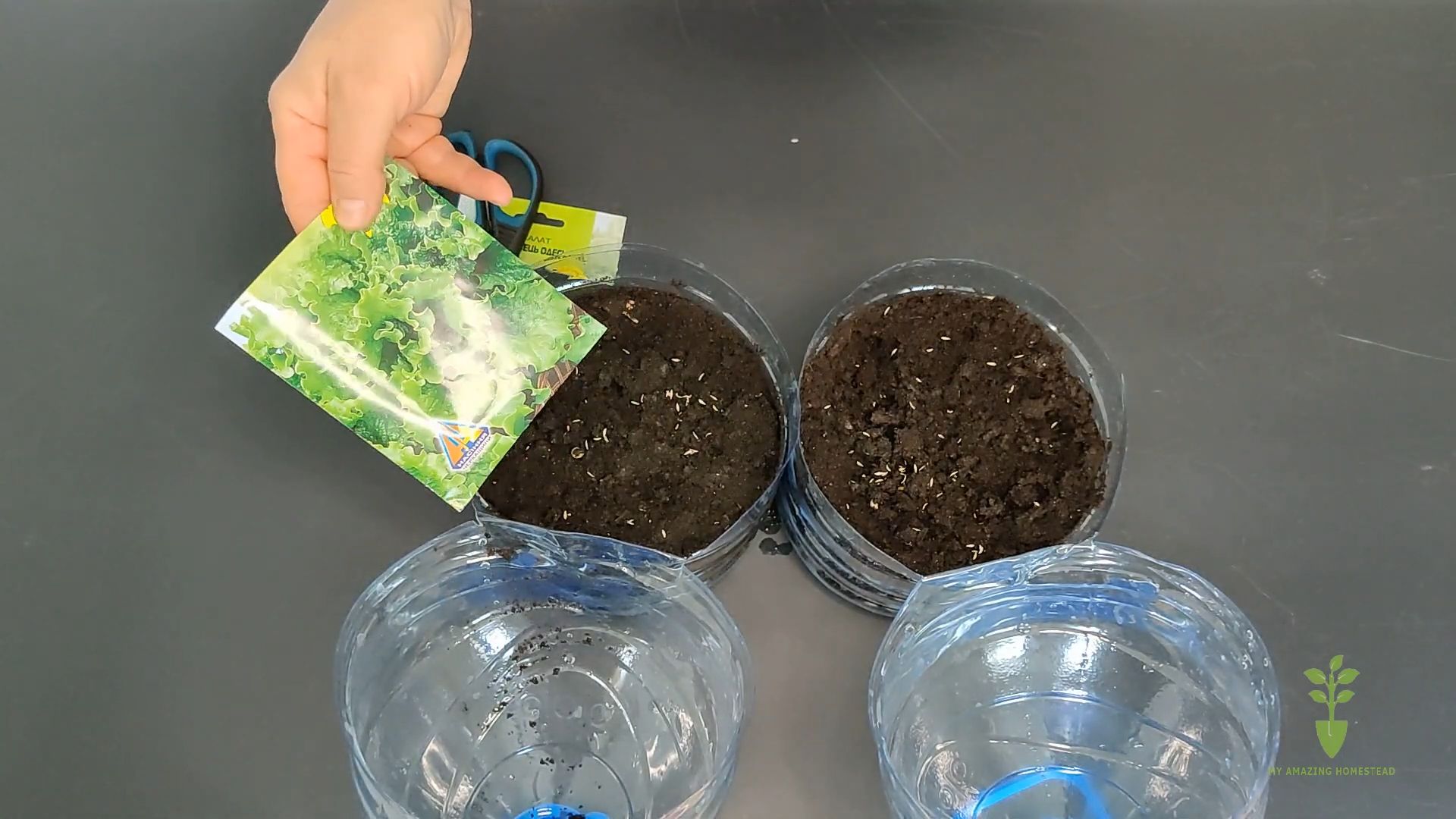
Conclusion
So, there you have it! This simple yet incredibly effective planting garlic hack is a game-changer for any gardener, regardless of experience level. Forget complicated techniques and expensive equipment. With just a few readily available materials and a little bit of effort, you can significantly improve your garlic yield and enjoy a bountiful harvest of flavorful cloves.
Why is this a must-try? Because it addresses some of the most common challenges faced by garlic growers: inconsistent spacing, shallow planting, and inefficient watering. By using this method, you ensure optimal conditions for your garlic to thrive, leading to larger bulbs, healthier plants, and a more rewarding gardening experience. Imagine the satisfaction of harvesting garlic that you’ve nurtured from clove to bulb, knowing that you used a simple, effective technique to maximize its potential.
But don’t just take our word for it! We encourage you to experiment with variations to suit your specific needs and preferences. For example, if you live in an area with heavy clay soil, consider amending the soil with compost or other organic matter before planting to improve drainage. You could also try using different types of mulch, such as straw or wood chips, to help retain moisture and suppress weeds. Another variation is to use a dibber of a different size to create larger or smaller holes, depending on the size of your garlic cloves. You can even experiment with planting different varieties of garlic side-by-side to see which ones perform best in your garden.
This planting garlic hack isn’t just about growing garlic; it’s about connecting with nature, learning new skills, and enjoying the fruits (or rather, vegetables) of your labor. It’s about creating a sustainable food source for yourself and your family, and about experiencing the joy of watching something grow from a tiny clove into a flavorful, aromatic bulb.
We are confident that once you try this method, you’ll be amazed by the results. It’s a simple, cost-effective, and highly rewarding way to grow your own garlic. So, grab your cloves, gather your materials, and get planting!
We’d love to hear about your experiences with this planting garlic hack. Share your photos, tips, and stories in the comments below. Let’s create a community of garlic growers who are passionate about sharing their knowledge and helping each other succeed. Happy gardening!
Frequently Asked Questions (FAQ)
What type of garlic is best to plant using this hack?
This planting garlic hack works well with most varieties of garlic, including both hardneck and softneck types. Hardneck garlic generally produces larger cloves and scapes (edible flower stalks), while softneck garlic is better suited for braiding and storing. Consider your local climate and growing conditions when choosing a variety. Elephant garlic, while technically a type of leek, can also be planted using a similar method, but keep in mind that it requires more space. Ultimately, the best type of garlic to plant is the one that thrives in your specific region and that you enjoy eating!
How deep should I plant the garlic cloves?
The ideal planting depth is crucial for successful garlic growth. Aim to plant the cloves about 2-3 inches deep, with the pointed end facing upwards. Planting too shallow can expose the cloves to frost damage, while planting too deep can hinder their emergence. The planting garlic hack helps ensure consistent depth, but it’s still important to double-check each clove as you plant.
When is the best time to plant garlic?
The best time to plant garlic is in the fall, typically 4-6 weeks before the ground freezes. This allows the cloves to establish roots before winter sets in. In colder climates, planting in late September or early October is ideal. In warmer climates, you can plant later in the fall, but make sure the ground is cool enough for the cloves to initiate root growth. Planting garlic at the right time is essential for a successful harvest.
What kind of soil is best for growing garlic?
Garlic thrives in well-drained, fertile soil that is rich in organic matter. Amend your soil with compost or other organic materials before planting to improve drainage and nutrient content. Avoid planting in heavy clay soil, as this can lead to bulb rot. A slightly acidic to neutral soil pH (around 6.0-7.0) is ideal. Proper soil preparation is key to growing healthy, flavorful garlic.
How much sunlight does garlic need?
Garlic requires at least 6 hours of direct sunlight per day to thrive. Choose a planting location that receives plenty of sunlight throughout the growing season. Insufficient sunlight can result in smaller bulbs and reduced yields. Monitor your garlic plants regularly and ensure they are not shaded by other plants.
How often should I water garlic?
Water garlic regularly, especially during dry periods. Keep the soil consistently moist, but avoid overwatering, as this can lead to bulb rot. Water deeply and less frequently, rather than shallowly and more often. Mulching around the plants can help retain moisture and reduce the need for frequent watering. Adjust your watering schedule based on weather conditions and soil moisture levels.
What are some common garlic pests and diseases?
Common garlic pests include onion thrips, garlic mites, and nematodes. Diseases that can affect garlic include white rot, bulb rot, and downy mildew. Monitor your plants regularly for signs of pests or diseases and take appropriate action if necessary. Crop rotation, proper sanitation, and the use of disease-resistant varieties can help prevent these problems.
How do I know when my garlic is ready to harvest?
Garlic is typically ready to harvest in mid-summer, when the lower leaves begin to turn yellow and brown. The scapes (if you’re growing hardneck garlic) will also start to curl and straighten. To check if the bulbs are ready, carefully dig up a few plants and inspect the bulbs. The bulbs should be plump and well-formed, with papery skins. Harvest your garlic on a dry day and cure it properly before storing.
Can I use store-bought garlic for planting?
While you can technically use store-bought garlic for planting, it’s generally not recommended. Store-bought garlic may have been treated with chemicals to prevent sprouting, which can hinder its growth. It may also carry diseases that can infect your garden soil. It’s best to use garlic specifically intended for planting, which is available from nurseries or seed catalogs. This ensures that you’re planting healthy, disease-free cloves that are more likely to produce a successful harvest.
What if I don’t have a dibber? Can I use something else?
Absolutely! If you don’t have a dibber, you can use a variety of other tools to create planting holes. A sturdy stick, a dowel rod, the handle of a garden tool, or even your finger can work just as well. The key is to create a hole that is the correct depth and width for your garlic cloves. Just make sure whatever you use is clean to avoid introducing any diseases to the soil. The planting garlic hack is adaptable, so feel free to improvise with what you have on hand!

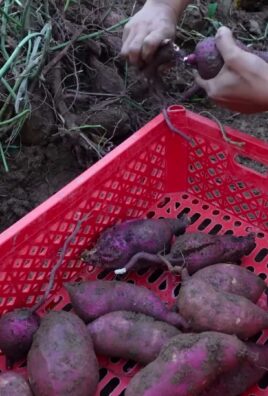
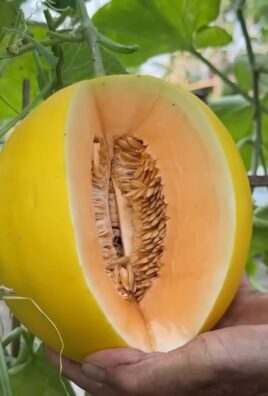
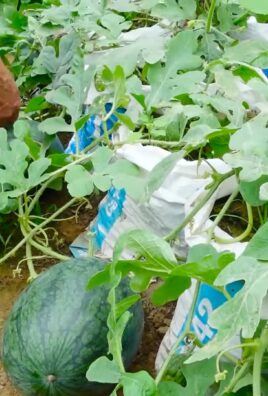
Leave a Comment